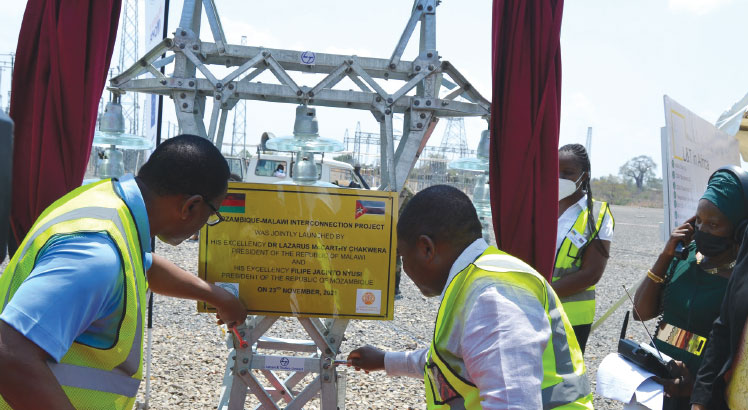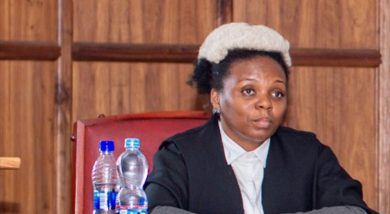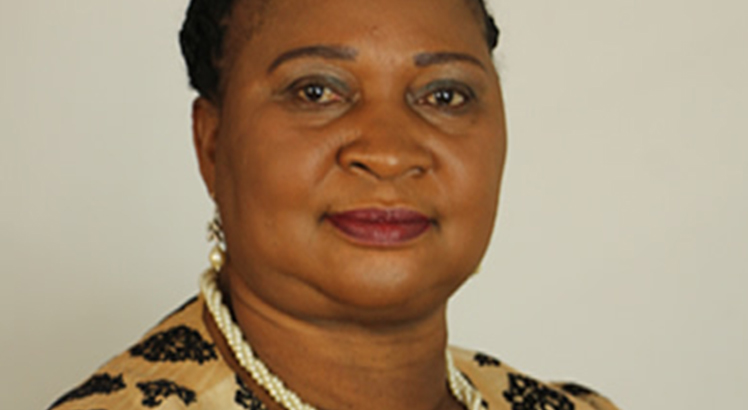Long wait for ‘brighter’ days
Malawians will have to endure a long wait to have uninterrupted power supply as producers struggle to meet half the demand of 600 megawatts (MW) against a background of brilliant policies on paper.
State-owned Electricity Generation Company (Egenco) is currently producing 220MW from hydro while independent power producer (IPP) JCM Power has the capacity to produce about 80MW at its solar farms in Salima and at Golomoti in Dedza, but is currently generating about 60MW due to weather effects.
The reality is in sharp contrast to President Lazarus Chakwera’s dream to add 1 000MW to the national grid from various sources by 2025, three years from now as outlined in his State of the Nation Address delivered in Parliament in Lilongwe on February 3 2022.

Since January this year when Tropical Cyclone Ana damaged Egenco’s Kapichira Hydro Power Station in Chikwawa, knocking off 130MW from the grid, Malawians have endured long hours of loadshedding.
Is it a question of much ado about nothing or more talk and less action?
Energy expert Gregory Gamula, who teaches at the Malawi University of Business and Applied Sciences (Mubas) in Blantyre, observed that the current power crisis in the country emanates from failure to implement policies.
He said all the targets are achievable.
Gamula said: “We have everything we need, on paper. All we need is commitment to implement the plans.
“In terms of hydro, studies have shown that there is huge potential to generate up to 1 000MW and then we have other sources too such as solar.
“We need to make serious investments to have our plans implemented to get what we want in terms of energy.”
In his September 4 2020 Sona, Chakwera said Malawi would not miss the 2022 deadline for connecting to the Southern Africa Regional Power Pool through Mozambique, a move which would help to close the gap on power supply.
In May 2021, in another address in Parliament, the President indicated that though expensive and unsustainable, government would still continue using diesel generators to fix the power deficit while working to connect the country to the regional network.
However, the Malawi-Mozambique Interconnection Project, which is also key in pushing Malawi to the pool, will only be ready by December 2023, according to the Ministry of Energy.
To achieve the 1 000MW dream, Chakwera highlighted possible sources as Tedzani IV Hydro Power Plant, JCM Solar PV Project, Mloza Small Hydro Power Project and another solar project at Golomoti in Dedza.
He said: “In the 2022/23 financial year, government will continue implementing existing projects, including the 350MW Mpatamanga Hydro Power Project and the 200MW Malawi-Mozambique Interconnector Project.”
In an interview this week, Egenco public relations manager Moses Gwaza said they are currently generating 220MW, but said there are plans to increase generation capacity in the next five years.
He said: “We have projects like the 1 000MW Kam’mwamba coal plant to be done in phases starting with 300MW. We have the 350MW Mpatamanga which is at an advanced stage to commence, and we have 260MW Lower Fufu.
“We also have the 50MW Salima Solar. We believe once we start commissioning these plants, we should be able to add considerable megawatts to the grid.”
The 2021 Malawi Government Annual Economic Report shows that the country generates less than 300MW of electricity against an estimated demand of over 600MW.
In its manifesto, Malawi Congress Party (MCP), the key partner in the governing Tonse Alliance administration, promises “to expand electricity generation capacity to 2 000MW within the first three years and to 5 000MW within the next five to 10 years.”
However, a review of policy statements shows a serious disconnect between what is promised and what is on the ground.
Malawi is classified as one of least electrified countries in the world with only about 10 percent of the population having access to electricity.
In the Energy Policy of 2008, the Malawi Government committed to increase electricity access to 30 percent of the population by 2020, a target which has been missed. The country now hopes to achieve the same by 2030.
MCP spokesperson the Reverend Maurice Munthali and Minister of Energy Ibrahim Matola could not immediately respond when asked what is being done on promises to increase power generation capacity.
On the other hand, Minister of Information and Digitisation Gospel Kazako, who is the official government spokesperson, said Matola will address the media on energy issues at “an appropriate time”.






One Comment